The benefits and harms of steamed pumpkin: steam the vegetable and use it correctly
According to scientists and nutritionists, pumpkin has a positive effect on the body, the condition and functioning of the gastrointestinal tract, heart and blood vessels. This most accessible vegetable contains a large amount of minerals, vitamins, vital micro- and macroelements, has versatile healing properties, and used for treatment and prevention of a wide range of diseases. Steamed pumpkin is especially beneficial for the body. The chemical composition of the product after heat treatment remains virtually unchanged, and the taste is significantly improved.
In this article we will look at the benefits and harms of steamed pumpkin, find out how it works for certain diseases and how to prepare it correctly.
Steamed pumpkin
Pumpkin is a valuable food product, the root vegetable of which combines vitamins, micro- and macronutrients, pectin, fiber, proteins, carotene, starch, nicotinic acid, and enzymes. The pulp of the fruit contains vitamins A, B, C, E, copper, cobalt, zinc, manganese, chromium, potassium, calcium, iron, phosphorus and other trace elements.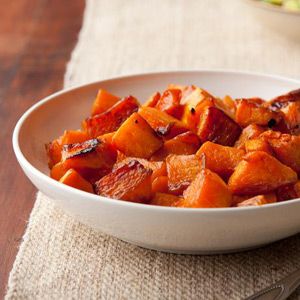
The chemical composition does not change after heat treatment, but the vegetable is better absorbed and breaks down faster without causing exacerbation of gastritis, peptic ulcer of the stomach and duodenum, urolithiasis.
Benefits and harms
When consumed correctly and following the cooking rules, steamed pumpkin has a positive effect on the functions of various organs and systems.
When treating diseases, the following beneficial properties of steamed pumpkin are taken into account:
- helps normalize metabolism, improves intestinal motility;
- eliminates constipation;
- provides a quick and long-lasting feeling of satiety;
- due to the high fiber content, it removes toxins, metal salts, and excess fluid;
- improves calcium absorption, which has a beneficial effect on the strength and elasticity of bone tissue;
- saturates the body with iron, reducing the risk of anemia;
- improves the condition of the walls of blood vessels in the heart and brain, preventing the formation of blood clots;
- has a calming effect on the nervous system, improves night sleep;
- increases endurance and performance;
- strengthens the immune system;
- protects the liver from the aggressive effects of external and internal factors, promotes its restoration;
- alleviates the condition of pregnant women suffering from toxicosis;
- slows down the aging process, ensures the formation of new cells;
- inhibits the growth of cancer cells;
- stabilizes high blood pressure.
Advice. Traditional healers recommend using steamed pumpkin externally on the feet. This compress relieves fatigue and relieves pain.
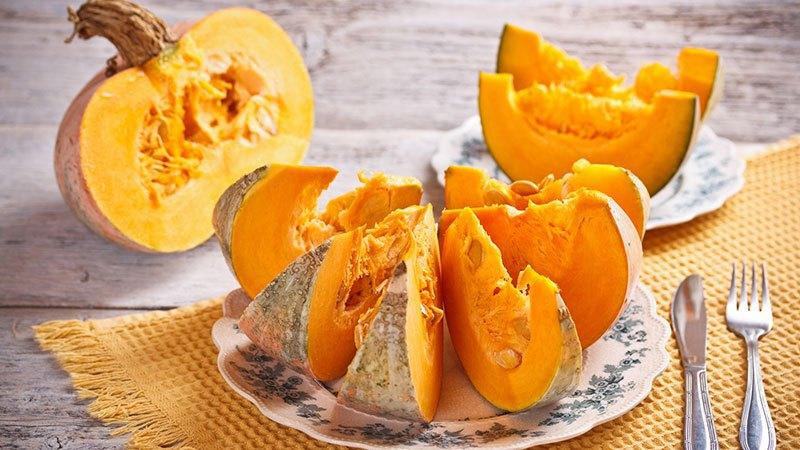
Before consuming baked fruit pulp, make sure you are not allergic. If you are hypersensitive to the product, itching of the lips and oral mucosa, shortness of breath, swelling of the lips and tongue, rashes, and peeling of the skin occur.
Consumption of the product can aggravate diarrhea, since the vegetable has a pronounced laxative effect. Use pumpkin with caution if you are prone to diabetes. Consuming melons daily in large quantities increases blood sugar, which can lead to stroke, myocardial infarction, kidney failure, and coma.
Calorie content and BZHU
The obvious advantage of pumpkin is its low calorie content. 100 g of baked product contains 20 kcal, raw vegetable 22 kcal. Fats are practically absent and amount to 0.5% of the norm of 100 kcal (0.07 g). But steamed pumpkin is rich in proteins, the percentage of which is 4.5% of the norm of 100 kcal (0.72 g), and carbohydrates - 9% (3.8 g).
Beneficial properties for various diseases
Traditional medicine recommends consuming steamed fruit pulp for the treatment and prevention of diseases such as:
- gout - reduces the concentration of uric acid, restores the regulation of purine metabolism, suppresses inflammation, relieves puffiness and swelling, reduces the severity of pain;
- atherosclerosis — improves the condition of vascular walls, prevents the proliferation of fibrous fibers, hemodynamic disorders, saturates the body with microelements necessary for normal heart function;
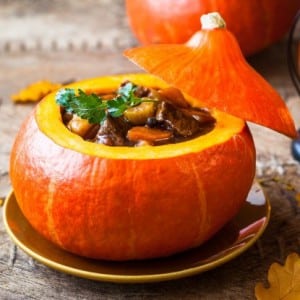
- nervous disorders - has a calming, sedative effect on the body, improves night sleep, eliminates irritability and causeless anxiety;
- obesity — improves digestion, speeds up metabolism, creates a feeling of fullness, has a laxative effect;
- renal/liver failure — restores intracellular metabolism, prevents fatty degeneration of cells, the development of liver cirrhosis, stimulates protein synthesis and normalizes energy metabolism of hepatocytes, reduces cholesterol levels in the blood, promotes its excretion along with bile;
- diseases of the digestive tract and pancreas (pancreatitis) - restores and maintains the mucous membrane of the stomach and duodenum, improves the functioning of the gastrointestinal tract, activates metabolism, and has a regenerating effect;
- urological diseases — removes salt stones from the kidneys, supports the functionality of the prostate, minimizes the risk of erectile dysfunction, early ejaculation, prevents the penetration of infections that cause inflammation of the upper parts of the genitourinary system (pyelonephritis, cystitis).
Steamed pumpkin is useful for people who often suffer from acute respiratory viral infections, acute respiratory infections, and colds. The vegetable stimulates the immune system, replenishes the deficiency of vitamins, minerals, micro- and macronutrients necessary to maintain natural homeostasis.
Reference! In cosmetology, boiled and baked pumpkin is used to prepare masks. This product improves the condition and color of the skin, eliminates inflammation and rashes, tones, nourishes and moisturizes, smoothes out fine wrinkles.
Contraindications
It is contraindicated to consume steamed pumpkin in the following cases:
- individual intolerance;
- exacerbation of stomach and duodenal ulcers;
- urolithiasis in the acute period;
- diarrhea;
- diabetes.
According to the WHO complementary feeding table, pumpkin in any form is prohibited for children under eight months of age.
Benefits of steamed pumpkin for men and women
Pumpkin is especially useful for men of reproductive age, as it participates in the production of testosterone, the main male sex hormone. It plays an important role in the production of sperm, is responsible for mood, sexual health, libido, and affects the development of musculoskeletal tissue.
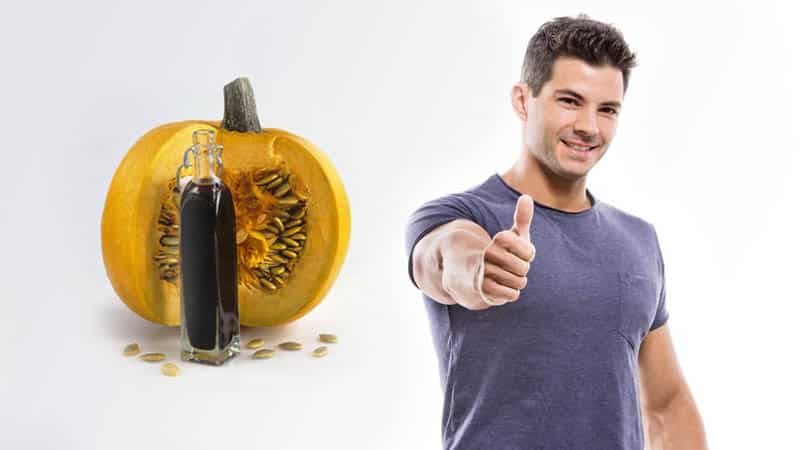
In boys, testosterone is responsible for the acquisition of male characteristics (timbre of voice, physique, male-type hair). Pumpkin on the men's menu reduces the likelihood of developing or alleviates the course of prostatitis, heart failure, and acts as an effective preventive measure for adenoma.
Steamed pumpkin is no less useful for women. It protects against genitourinary infections, helps in the treatment of gynecological diseases such as cervical erosion, inflammatory lesions, vaginitis, and infertility. During the menopausal period, the pulp of the fetus reduces the severity of symptoms of anemia, calms, and improves mood. Steamed pumpkin pulp is widely used in cosmetology and dermatology due to its antioxidant, tonic, anti-inflammatory and regenerating properties.
The benefits of pumpkin for pregnant women, including breastfeeding women, is to satisfy the body’s increased need for iron and alleviate toxicosis. Also, the vitamins and minerals in the vegetable provide normal nutrition to the embryo during intrauterine development, which is important for the normal formation of the fetus.
For children

It is difficult to overestimate the benefits of pumpkin for a young, growing organism. Properly grown vegetables without the use of nitrates ensure the physiological processes of growth and development of the child.
Even after heat treatment, the product retains large amounts of calcium and potassium, which are necessary for building bone tissue, teeth formation, coagulation processes, muscle contractions, and transmission of nerve impulses.
Iron deficiency anemia is often observed in newborns.Regular use of the product minimizes the risk of developing pathology, satisfies the body's needs for microelements, and normalizes hemoglobin levels.
The usefulness of steamed pumpkin lies in its beneficial effect on the central nervous system: children become calmer, not capricious, attentive, sleep well, perceive, analyze and reproduce information better.
Steamed pumpkin for weight loss
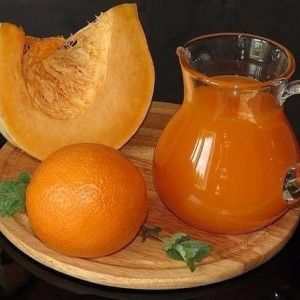 Steamed pumpkin include to the diet menu. It contains virtually no fat, but is rich in proteins and carbohydrates, making it easily and quickly digestible, creating a feeling of fullness.
Steamed pumpkin include to the diet menu. It contains virtually no fat, but is rich in proteins and carbohydrates, making it easily and quickly digestible, creating a feeling of fullness.
Weight loss occurs due to plant fiber, which activates the gastrointestinal tract, metabolic processes, cleanses the digestive tract, and removes excess fluid.
A one-day fasting day involves eating 1 kg of steamed fruit pulp per day in small portions. This diet is considered strict, so nutritionists advise holding a fasting day no more than once every two weeks.
Advice! After completing the fasting day, it is necessary to limit the consumption of salty foods to prevent fluid retention in the body.
The long-term pumpkin diet is considered easy, as it provides the opportunity to use a varied menu. Vegetables, fruits, berries, fish and seafood, lean meats, eggs, poultry, cheeses and cottage cheese are allowed in moderation.
How to properly cook steamed pumpkin
For baking, table varieties of vegetables are used, most often it is ordinary pumpkin. To make the dish tasty and healthy, choose fruits grown without the use of nitrates.
Recipe for steamed pumpkin:
- Wash the vegetable, cut lengthwise into four equal parts, remove the seeds.
- Remove the peel, cut into cubes or bars of the same size, approximately 2*2 cm.
- Place the pumpkin in a deep saucepan, add 100 ml of water or milk, so that it does not cover the vegetable.
- After boiling, simmer over low heat, covered, until the pumpkin softens. On average it takes 20-25 minutes depending on the type and size of the pieces.
- During cooking, you can sprinkle with sugar, spices, salt, and herbs. Serve cold or hot.
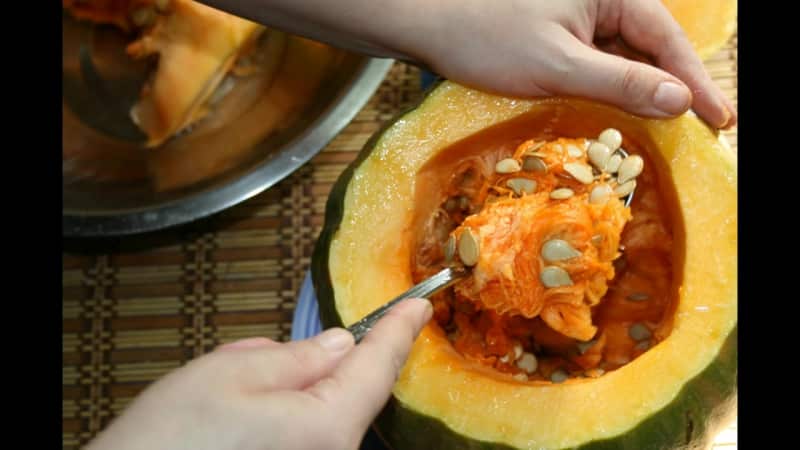
You can cook steamed pumpkin in the oven. Line a baking sheet or baking dish with parchment paper, lay out the pumpkin cut into cubes, add a little water. Bake in a preheated oven at 180 degrees for 20-25 minutes.
Advice. To improve the taste, pour natural honey over the vegetable before baking and mix with dried fruits.
The easiest cooking option is a slow cooker. Place pumpkin sticks on the bottom of the bowl, fill halfway with water or milk, at the rate of 70 ml of liquid per 500 g of product, add a few slices of butter, set to “Baking” mode for 20-30 minutes. Serve with honey, sour cream, cream, cottage cheese, seasoned with sugar.
Tips and tricks
There are general recommendations on how to choose and consume pumpkin correctly to avoid unwanted consequences:
- You can determine the ripeness of a pumpkin by its tail: it should be dry and dark;
- A high-quality vegetable has skin that is dense, smooth and without damage, seeds whole, without foreign smell;
- the most useful are fruits with bright pulp, since they contain the largest amount of carotene;
- pumpkin is well stored, it can be eaten all winter: cut the peeled fruit into small pieces, rinse under water, using a colander to remove excess liquid, dry, put in plastic containers or tight zip-lock bags. Store at a temperature of 18-23 degrees;
- the average daily intake of steamed pumpkin for an adult is 300-400 g, for children 150-250 g. If there is an excess of vegetables in the body, nausea, vomiting, exacerbation of diarrhea, and the development of complications from the gastrointestinal tract are possible;
- Before use, make sure there are no contraindications.
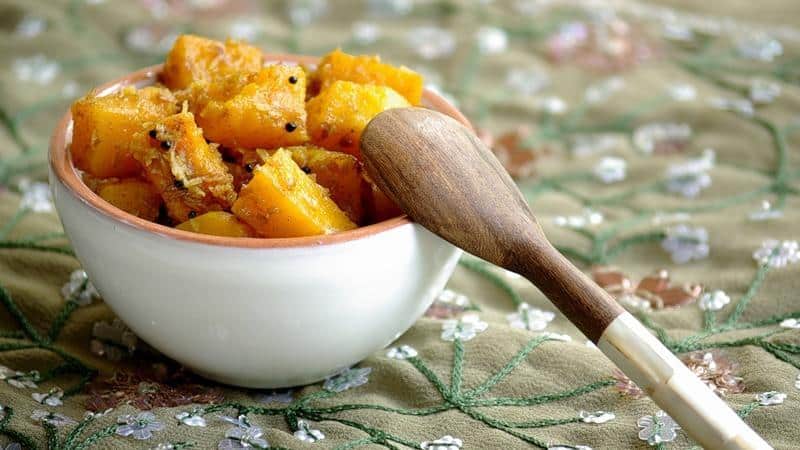
And the most important piece of advice is that pumpkin is not a panacea for all diseases. More often it is considered as a preventive measure or an adjuvant in the treatment of diseases of the digestive, genitourinary, and cardiovascular systems.
It facilitates the course of the pathology, allows you to achieve positive dynamics in a shorter time, and prevent new relapses, but if used incorrectly, it can cause harm to the body. Therefore, the question of the advisability of using steamed pumpkin as a medicinal raw material should be discussed with your doctor.
Conclusion
Steamed pumpkin is not only tasty, but also healthy. The pulp of the fruit saturates the body with vitamins, micro- and macroelements, which are necessary to maintain vital processes, activates metabolic processes, normalizes the functioning of the gastrointestinal tract, acts as a mild laxative, strengthens blood vessels and the heart, and protects against depression. Like all products, it has contraindications, which are important to consider before using pumpkin in cooking and traditional medicine recipes.